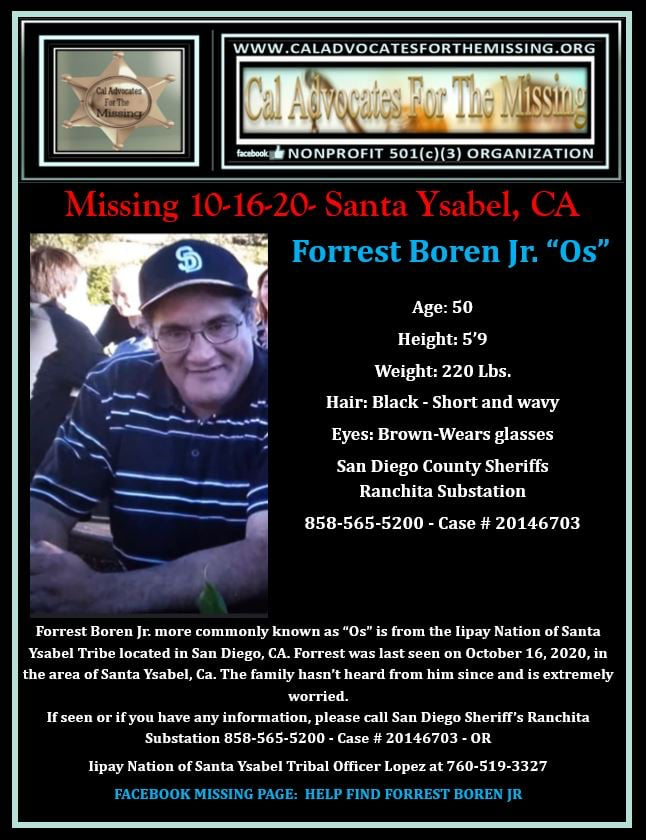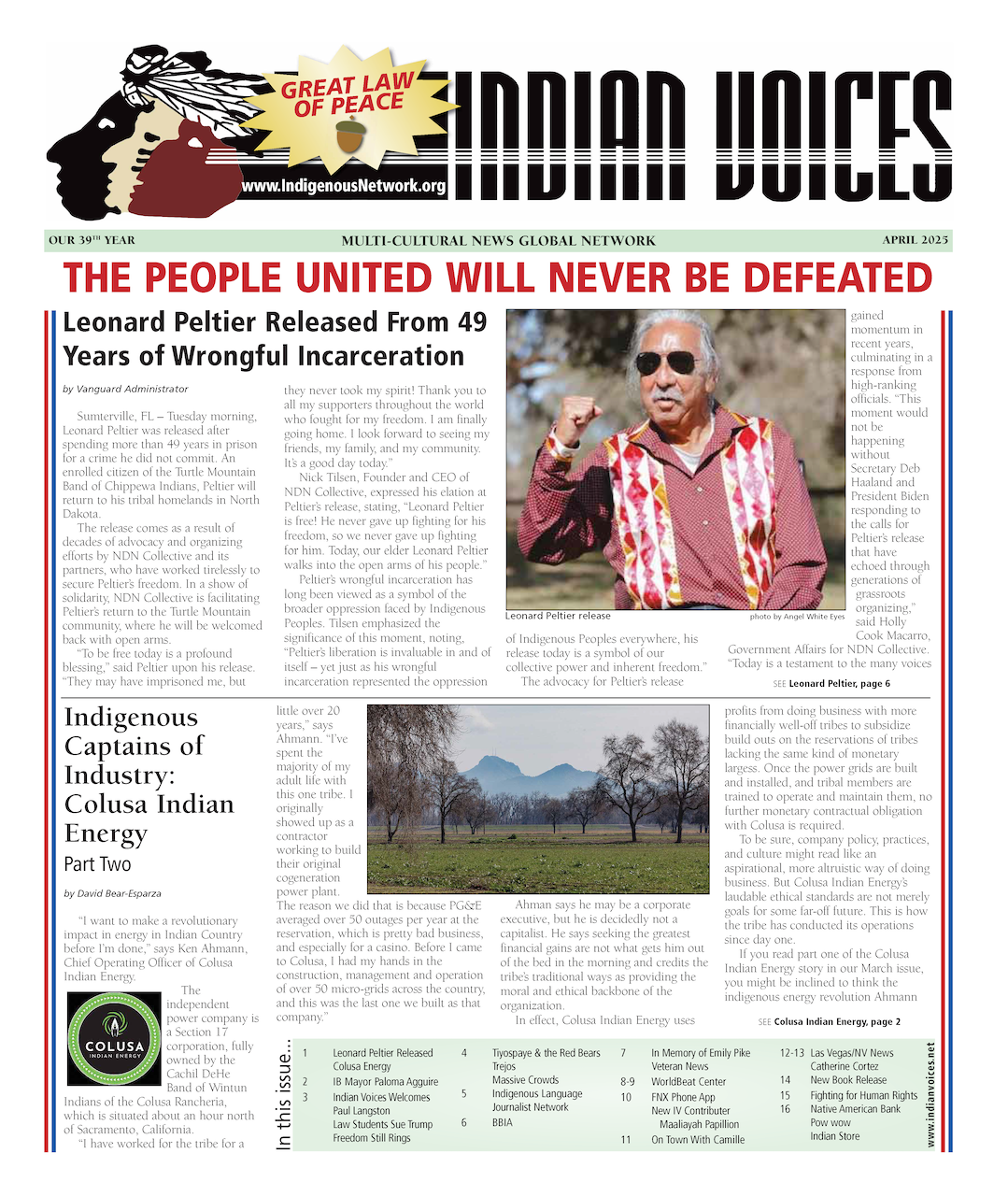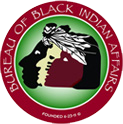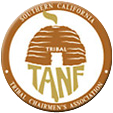Guardians at the Gateway
By Michael Miskwish
From the earliest explorations by Hernando de Alarcón in 1540, the overland route, from mainland New Spain into Alta California across the Colorado River was recognized as strategically and economically important to Spanish colonizers, and, subsequently, the Mexicans. The path was charted by Juan Bautista de Anza in his 1774-1775 expedition which was followed by the establishment of two missions in the lands of the Quechan in 1780-1781. But the Quechan bristled at the heavy-handed disregard for their customs and traditions. Missions La Purisima Concepción and San Pedro y San Pablo de Bicuner were attacked on July 17, 1781 and destroyed after a two-day battle. The destruction of the missions left the Spaniards with only the difficult overland route up the Baja peninsula, or the grueling sea journey sailing against both the prevailing winds and the California Current.
The Spaniards regrouped and sought to utilize the Dominican Mission of Santa Catalina in the mountains of the Pai Pai people, south of the Kumeyaay, as a strategic location to launch attacks. From there, the Spaniards sought to project their power through the Cocopa lands and reopen the route to upper California. The Cocopa were able to hold off the Spanish soldiers with the aid of the swampy terrain of the Colorado River delta which hindered the use of horses and wagons. Within ten years, the Spanish withdrew all but a colonial guard detachment and abandoned any further efforts to secure the Colorado River crossing.







